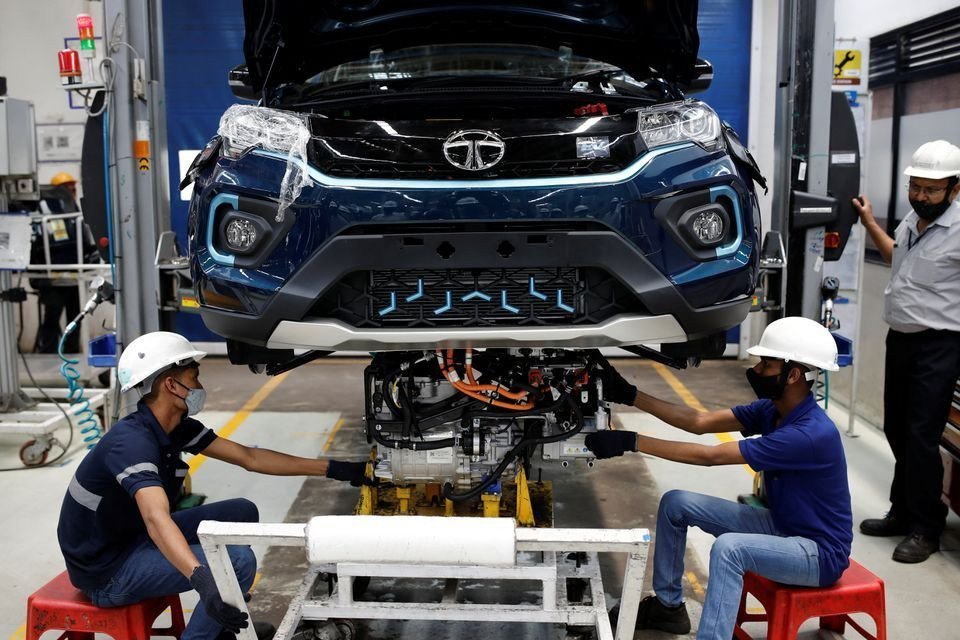MHI introduces comprehensive testing parameters for safety of Batteries in EVs
The Indian Union Ministry of Heavy Industries (MHI) has notified fresh testing parameters for electric vehicles to enhance their battery safety. These tests are followed and widely accepted internationally for ensuring passenger safety in EVs, according to the ministry.
More importantly, MHI has made these tests mandatory for all EV and battery suppliers as a precondition for claiming incentives under the ministry's three flagship schemes, namely PLI schemes for automobile and components, PLI scheme for Advanced Cell Chemistry (ACC), and FAME II scheme, with effect from 1st April 2023.
According to the official memorandum, the latest regulation aims to ensure human safety of battery vehicles by enhancing quality at three levels, namely Battery Pack, Battery Management System (BMS), and at Cell level.
The cell-level battery safety tests as per International Standard UL 1642 includes six tests. They are as following:
- Impact test to observe mechanical stress to Li-ion cells after a sudden and measured force.
- Temperature Cycling test to observe the reaction of cells to higher chamber temperature.
- Shock and vibration tests to ensure the cells do not explode or catch fire.
- Fire exposure tests to avert explosion or fire under a range of possible battery abusing scenarios.
- Altitude simulation to ensure safety of cells when stored at a specified absolute pressure and temperature.
At the BMS level, the tests include the following:
- Over-current protection and communication interface tests
- Cell voltage check for each series
- Current sensors check
- Cell temperature check to confirm specific cell temperature can be monitored correctly.
- MOS temperature check
- Charge and discharge MOS check
- Power rail check
- Fuse current check
- Cell balance function check.
Lastly, at the larger battery pack level, the MHI mandates the following safety parameters while validating the EV batteries:
- Case stress test under a range of possible abuses as per IEC-62133-2 international standard.
- Drop/ free fall test as per IEC-62133-2 international standard.
- Immersion test to check whether batteries withstand environmental tests as per UL 2271 section 38 (Light EV) or UL 2580 (EV) standards.
- Crush test to ensure battery enclosure resist crush as per UL 2271 section 38 (Light EV) or UL 2580 (EV) standards.
- Imbalance charging checks as per above international standards.
The government's latest regulation on battery safety will go a long way in ensuring the reliability of EVs for users in the country. The mandatory nature of the testing guidelines for availing incentives will prevent OEMs and battery suppliers from by-passing essential safety checks as a simple way of cost-cutting.



















